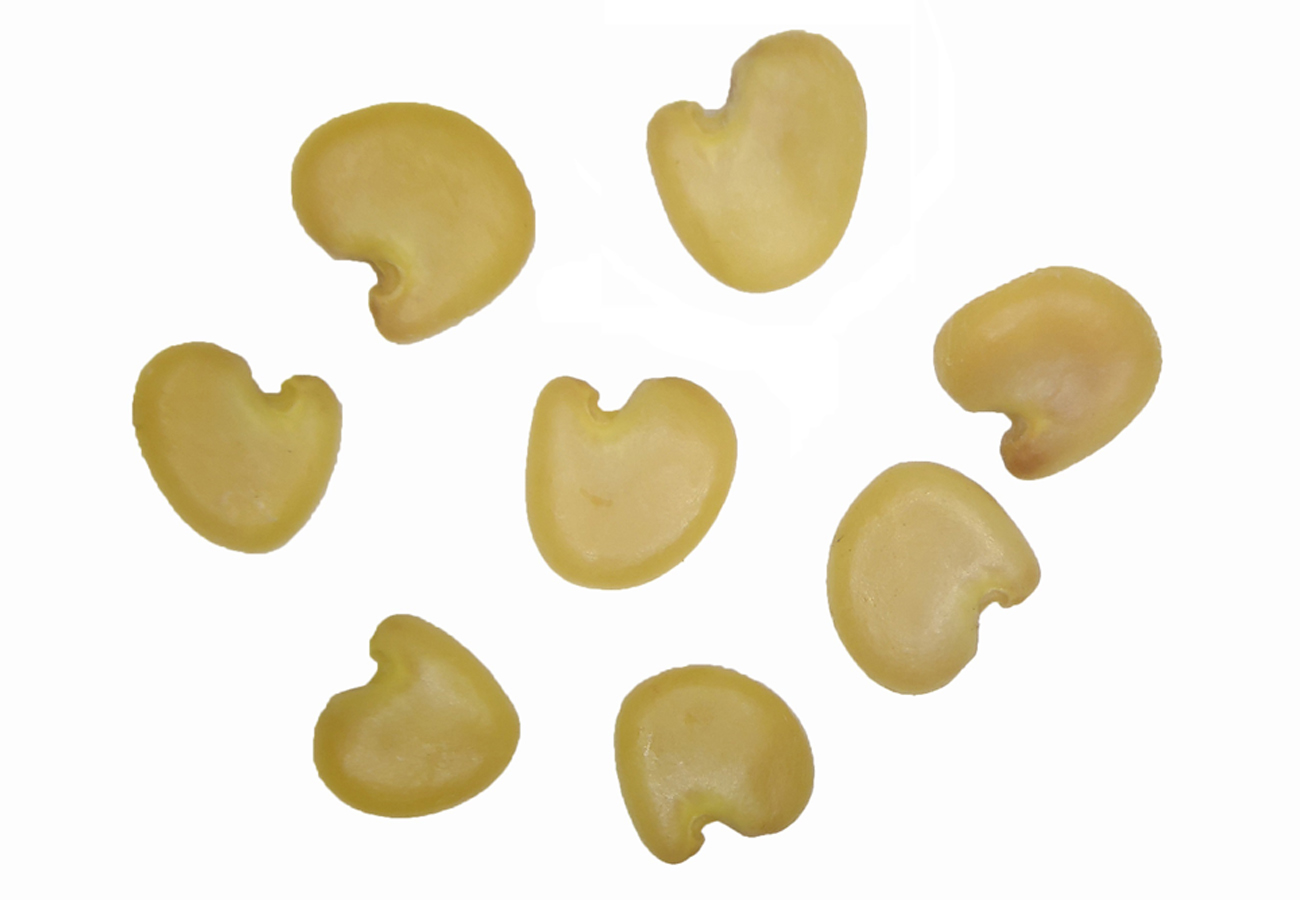Abstract
Senna andhrica P. V. Ramana, J. Swamy & M. Ahmed. is better treated as a variety of S. occidentalis (L.) Link, as S. occidentalis var. andhrica (P. V. Ramana, J. Swamy & M. Ahmedullah) K. W. Jiang, based on its diagnostic morphological characters of unifoliolate leaves and 2–3 carpellate gynoecium. Attention is drawn to an error in the original figure published with the description of Senna andhirica, the seeds specified by the authors are actually belong to a taxon of Crotalaria.
References
<p>Britton, N.L. & Rose, J.N. (1924) Ditremexa Raf. In: Britton, N.L. & Rose, J.N. (Eds.) Scientific Survey of Porto Rico and the Virgin Islands 5. New York Academy of Sciences, New York. pp. 371–372.<br>Britton, N.L. & Rose, J.N. (1928) Ditremexa Raf. In: North American Flora 23 (4). The New York Botanical Garden Press, New York. pp. 255–258.<br>Champagne, C.E.M., Goliber, T.E., Wojciechowski, M.F., Mei, R.W., Townsley, B.T., Wang, K., Paz, M.M., Geeta, R. & Sinha, N.R. (2007) Compound Leaf Development and Evolution in the Legumes. Plant Cell 19: 3369–3378. https://doi.org/10.1105/tpc.107.052886<br>He, L., Liu, Y., He, H., Liu, Y., Qi, J., Zhang, X., Li, Y., Mao, Y., Zhou, S., Zheng, X., Bai, Q, Zhao, B., Wang, D., Wen, J., Mysore, K.S., Tadege, M., Xia, Y. & Chen, J. (2020) A molecular framework underlying the compound leaf pattern of Medicago truncatula. Nature Plants 6: 511–521. https://doi.org/10.1038/s41477-020-0642-2<br>Hofer, J., Turner, L., Hellens, R, Ambrose, M., Matthews, P., Michael, A. & Ellis, N. (1997) UNIFOLIATA regulates leaf and flower morphogenesis in pea. Current Biology 7: 581–587. https://doi.org/10.1016/s0960-9822(06)00257-0<br>Hofer, J. Gourlay, C., Michael, A. & Ellis, T.H.N. (2001) Expression of a class 1 knotted1-like homeobox gene is down-regulated in pea compound leaf primordia. Plant Molecular Biology 45: 387–398. https://doi.org/10.1023/A:1010739812836<br>Irwin, H.S. & Barneby, R.C. (1982) The American Cassiinae. A synoptical revision of Leguminosae tribe Cassiieae subtribe Cassiinae in the New World. Memories of the New York Botanical Garden 35: 1–918.<br>Jiao, K., Li, X., Su, S., Guo, W., Guo, Y., Guan, Y., Hu, Z., Shen, Z. & Luo, D. (2019) Genetic control of compound leaf development in the mungbean (Vigna radiata L.). Horticulture Research 6: 23. https://doi.org/10.1038/s41438-018-0088-0<br>Li, J., Sun, H., Polhill, R.M. & Gilbert, M.G. (2010) Crotalaria L. In: Wu, C.Y., Raven, P. & Hong, D.Y. (Eds.) Flora of China 10. Science Press, Beijing and Missouri Botanical Garden Press, St. Louis, pp. 105–117.<br>Link, J.H.F (1831) Handbuch zur Erkennung der Nutzbarsten und am Haufigsten Vorkommenden Gewächse. Spenerschen Buchhandlung, Berlin, 533 pp.<br>Linnaeus, C. (1753a) Cassia. Species Plantarum, Exhibentes Plantas Rite Cognitas, ad Genera Relatas, Cum Differentii Specificis, Nominibus Trivialibus, Synonymis Selectis, Locis Natalibus, Secundum Systema Sexuale Digestas. Tomus I. Impensis Laurentii Salvii, Holmiae, pp. 376–379.<br>Linnaeus, C. (1753b) Crotalaria. Species Plantarum, Exhibentes Plantas Rite Cognitas, ad Genera Relatas, Cum Differentii Specificis, Nominibus Trivialibus, Synonymis Selectis, Locis Natalibus, Secundum Systema Sexuale Digestas. Tomus I. Impensis Laurentii Salvii, Holmiae, pp. 714–716.<br>LPWG (The Legume Phylogeny Working Group) (2017) A new subfamily classification of the Leguminosae based on a taxonomically comprehensive phylogeny. Taxon 66: 44–77. https://doi.org/10.12705/661.3<br>Miller Ph. (1754) Senna. In: The Gardeners Dictionary. fourth edition, vol. 3. No page number given.<br>Paulino, L.P., Prenner, G., Mansano, V.F. & Teixeira, S.P. (2014) Comparative development of rare cases of a polycarpellate gynoecium in an otherwise monocarpellate family, Leguminosae. American Journal of Botany 101 (4): 572–586. https://doi.org/10.3732/ajb.1300355<br>Polhill, R.M. (1982) Crotalaria in Africa and Madagascar. A. A. Balkema Publishers, Rotterdem. 396 pp.<br>Ramana, P.V., Swamy, J. & Ahmedullah, M. (2018) A striking new unifoliolate and polycarpellate species of Senna (Fabaceae: Caesalpinioideae) from Andhra Pradesh, India. Nordic Journal of Botany 37 (1): e02148. https://doi.org/10.1111/njb.02148<br>Sinjushin, A.A. (2014) Origin and variation of polymerous gynoecia in Fabaceae: evidence from floral mutants of pea (Pisum sativum L.). Plant Systematics and Evolution 300: 717–727. https://doi.org/10.1007/s00606-013-0915-6</p>


